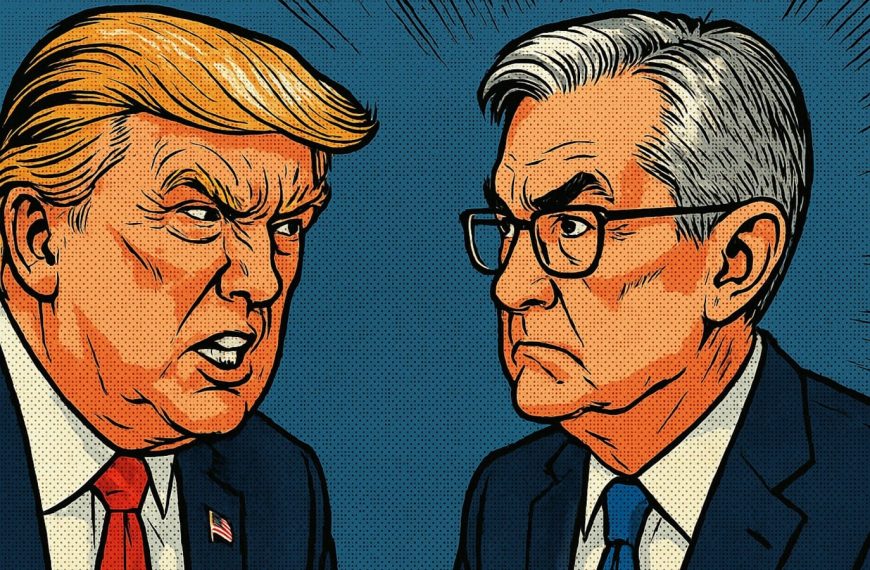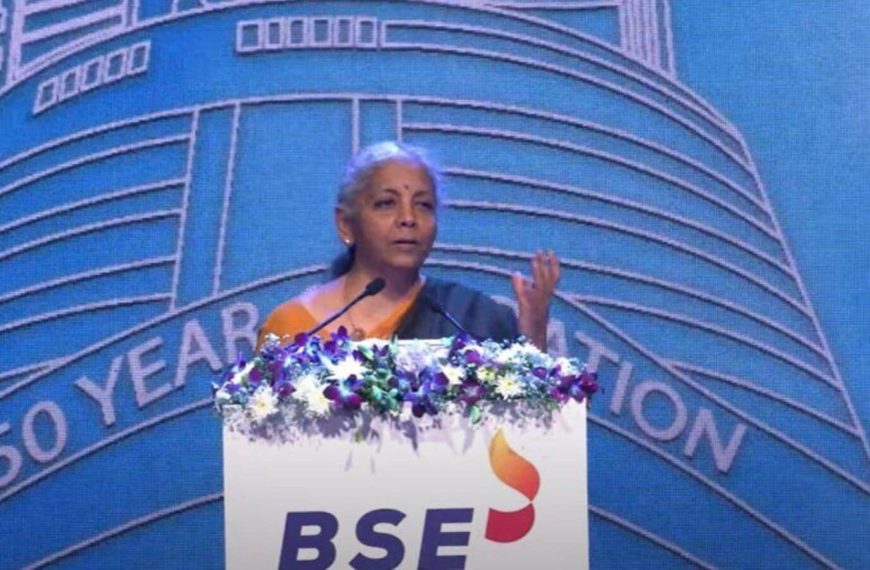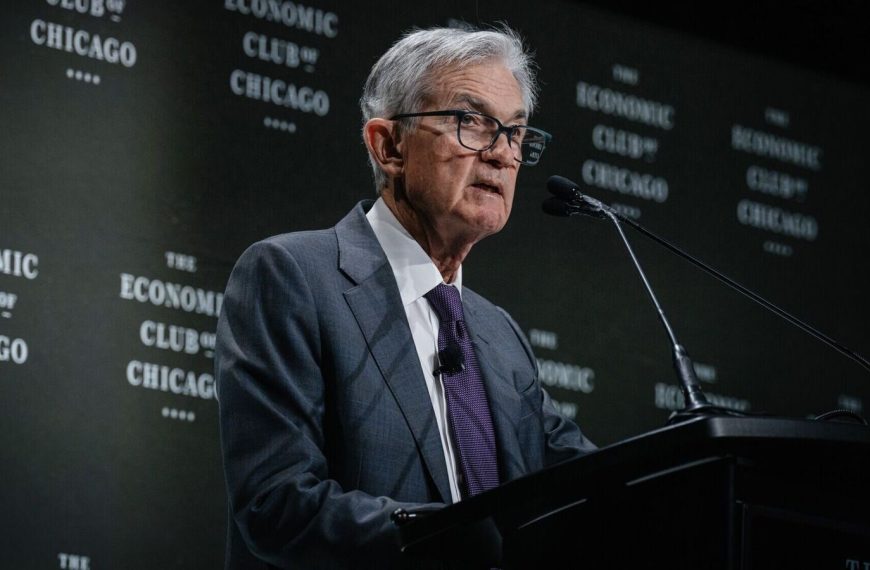In a recent discussion, Arvind Virmani, a prominent member of Niti Aayog and former chief economic advisor, emphasized the need for India to gradually reduce tariffs designed to safeguard domestic industries from international competition. He believes that these tariffs should only serve as a temporary measure to nurture businesses until they can compete on a global scale. His remarks come in light of potential reciprocal tariffs threats from U.S. President Donald Trump against various countries, including India.
Importance of Gradual Tariff Reduction
Virmani pointed out that the core philosophy behind imposing tariffs during the 1991 economic reforms was to bolster local industries, allowing them to grow competitive before eventually scaling back these protective duties.
- Key Insight: Tariffs should foster competitive companies that can thrive in the export market.
- Strategic Approach: A reciprocal trade deal could enhance the benefits of such tariff reductions, making it a win-win situation for both parties involved.
Timing and Negotiation Are Crucial
According to Virmani, the timing of tariff reductions is critical. He cautioned against abrupt changes, stating that adjustments should be carefully planned rather than made hastily after a long period of maintaining high tariffs.
- Effective Protection: For protectionist measures to truly work, they must lead to the establishment of companies that can operate independently in the global marketplace.
- Bilateral Trade Deals: Engaging in negotiations for trade agreements can yield additional benefits.
Facilitating Supply Chains for Mutual Advantage
Virmani suggested that a comprehensive trade deal with the U.S. could simplify the movement of goods, especially for electronic products with complex supply chains. He highlighted the importance of facilitating:
- Movement of Components: Electronic products often require parts to be moved across borders for value addition.
- Low Tariff Structures: A favorable tariff regime can encourage U.S. companies to establish assembly plants in India, thereby enhancing the supply chain.
He stated, “What we seek is a partnership where both nations can benefit from labor-intensive production processes, ensuring that goods can be easily imported, assembled, and exported.”
Designing Effective Supply Chains
For the tariff regime to be effective, the design of supply chains must be meticulously crafted. Near-zero tariffs should only apply to goods that are predominantly manufactured within the partner countries, minimizing reliance on third-party nations.
- Mutual Value Addition: Both countries should enjoy customs duty exemptions on products that primarily source materials locally, bolstering their economic ties.
- High Input Goods: On the flip side, products heavily reliant on external inputs may not require bilateral tariff concessions, suggesting a potential increase in tariffs for those items.
Future Trade Conversations
As India engages in discussions with developed nations like the U.S., U.K., and E.U. for bilateral trade agreements, the focus remains on achieving mutual concessions that enhance market access for both sides. This strategic approach aims to balance the benefits of tariff adjustments with the necessity of safeguarding domestic industries.
In conclusion, the gradual tapering off of tariffs, coupled with strategic trade negotiations, could pave the way for a more robust and globally competitive Indian economy.











